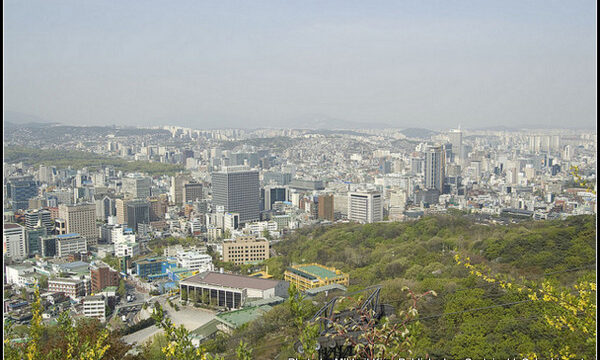Last updated on July 26th, 2021 at 07:45 pm
Horizontal wells have been installed to remediate ground water pollution problems, in a landmark redevelopment construction project in Seoul, South Korea begun earlier this year.
The 140 acre site is being developed as an international business park, high density housing center, retail center, educational facility and open space in Seoul’s downtown near the Han River. The project is known as Dream Hub and will ultimately cost over 40 billion dollars to complete.
The site was once the home to Korea’s main railroad service foundry and repair yard and has a high level of pollution and toxic waste in the soil and ground water as a result. The Korea Rail facility was in operation for over 100 years. Remediation of the site has not been attempted before.
The horizontal wells in this case will be used to collect contaminated water and vapor that is trapped in the soil as a result of the rail yard processes. Directional drilling of horizontal wells has many other applications beyond pollution remediation. A wide variety of other industrial and commercial applications call for wells and drilling that is not vertical since they are able to reach and reclaim areas that were previously inaccessible via traditional drilling methods.
In order to remediate the ground water pollution, the six horizontal wells were installed in record time. The wells consist of over 1,100 meters of pipe buried an average of 4.5 meters deep in trenches that will accumulate the toxic waters. The trenches have a 4 inch perforated pipe at the bottom and are then back filled and connected to high vacuum pumps that will rid the site of the polluted water and vapors making it safe for workers who will do the excavation prior to beginning construction. The wells will also remain in place after the site is developed.
The massive project will have what will be the highest building in Asia when it is complete. The skyscraper and 34 million square foot center will sit on top of the horizontal wells that will continue to keep the site clean. The horizontal wells were built by a joint partnership between an American company who did the design and consultation and Korean subcontractors who carried out the installation. The horizontal wells were finished in only one week which is notable considering that the country was experiencing one of the coldest winters on record at the time, as well.
This project is one of the first endeavors of its kind in ground water remediation using horizontal wells in Korea, yet it should open the door to future horizontal remediation well projects throughout Asia and the rest of the world enabling the reclamation of land previously thought unusable.
Besides being the first site for these kinds of horizontal wells for toxic remediation, the redevelopment project will have another first: A twin tower residential skyscraper with towers that are connected together at the midpoint. The connected area will have gardens, amenities, shops and open space and is a unique architectural feature in twin tower construction. This structure is expected to be complete by 2015.
Photo of Seoul by Mikhail Kim.



